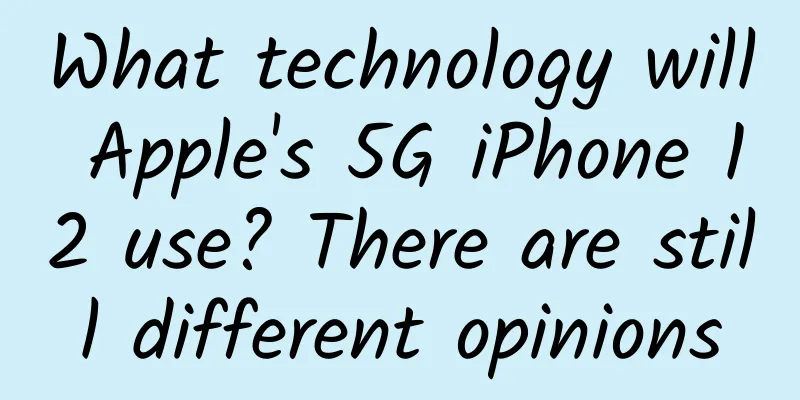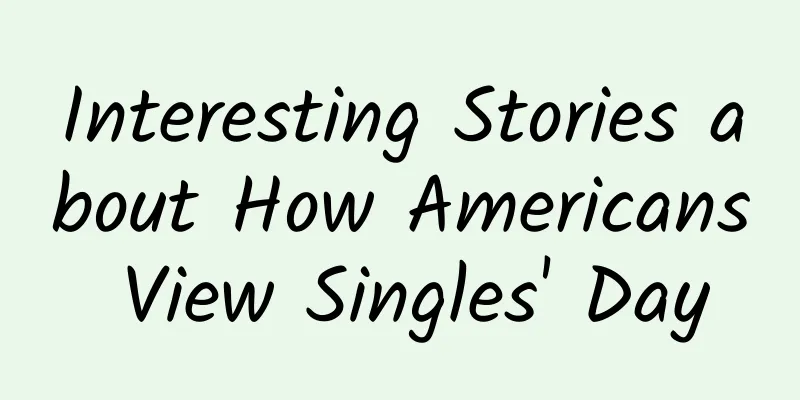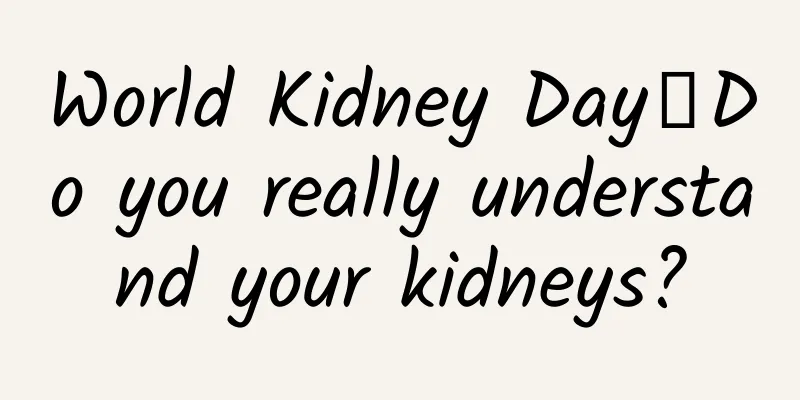What technology will Apple's 5G iPhone 12 use? There are still different opinions

|
There's still no definitive answer as to which 5G technology the iPhone 12 will use, and a new supply chain report doesn't fully answer the question, but it does shed some light on the possibility that not all iPhones will use the same 5G network standard. Let me first give you some background. There are currently two main 5G technologies, called Sub-6 and mmWave (hereinafter referred to as millimeter wave). Both are the frequencies used by 5G signals. Sub-6 uses the low- to medium-frequency band below 6Ghz, while millimeter wave uses the high-frequency band of 24GHz~39GHz. The former is considered a transitional technology, which provides slightly faster speeds than 4G LTE, but the improvement is not that great. However, this technology can indeed reduce waiting time and does not require such a high density of cellular network base stations. It can be retrofitted with existing 4G base station equipment, so most users can achieve the nominal speed of 100-150Mbps. Millimeter wave is a faster standard, with theoretical gigabit speeds and actual speeds of about 500Mbps. However, its wavelength is very short, so it is susceptible to interference, which requires a greater density of base stations. This means that it will only be available in very limited areas, such as airports, large bus stations, stadiums and tourist attractions. The situation between the two is similar to the 2.4GHz and 5GHz of home routers. Although the latter is more powerful, the former has better wall penetration capabilities. In reality, neither can leave the other. Previously, Digitimes, a media outlet that focuses on the industry chain, reported that Apple's supply chain expects that shipments of millimeter wave 5G iPhones this year will be halved from previous estimates. Some people speculate that Apple supports different 5G networks by product category, for example, low-end and mid-range models only support Sub-6, while high-end models support both. Others speculate that different 5G networks are differentiated by country. The current information does not tell us which iPhone models can use millimeter wave 5G, but most sources believe that not all iPhones support millimeter waves. |
<<: The most noteworthy tips on using Apple ID password
>>: India bans 59 Chinese apps; experts: limited impact
Recommend
How to plan and promote an excellent event?
Whether you are doing user operations, new media ...
Yuanqi Forest Private Domain Dismantling
This article analyzes the industry background and...
5 easy-to-use data visualization platforms to make your data analysis more efficient and high-end
The effect is amazing! Make your friends envious ...
An inconspicuous cooking habit can cause osteoporosis in the whole family
When it comes to osteoporosis, the first thing ma...
How did Nobuyuki Idei push Sony into the abyss of decline?
Undoubtedly, Sony has declined, or it can be said...
[Ten thousand words of heavy and in-depth] The strange current situation of the smart TV industry witnessed in the past ten years
Just like newspapers are leaving us, the TV indus...
The evolution of smartphones: What will smartphones look like in the next year?
On December 10, Samsung and Huawei Honor both lau...
Android | LruCache cache strategy
Introduction to LruCache LruCache is a cache clas...
Recently popular! Some netizens got "poisoned" after eating it... Southerners should pay special attention
Recently, it is the season for cassava to be put ...
Android-Super simple to achieve picture rounded corners
I've been troubled by image rounding recently...
After interviewing more than 50 UI designers, I summarized these job hunting skills!
Some time ago, the company was recruiting UI desi...
Oh my god! Why are these people dumping shit into the sea? ! | Nature Trumpet
In the past month or so, we've collected thes...
Alipay flashes digital RMB
The testing process of the digital RMB is acceler...
A beverage loved by the elders is quietly trying to please the young (not tea)
Do you drink alcohol regularly? When I was a chil...









